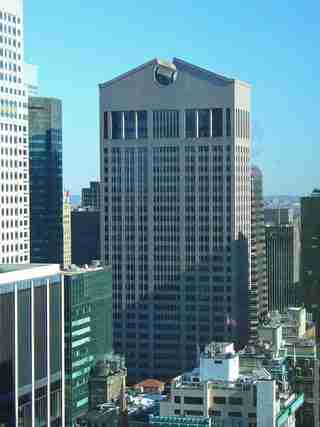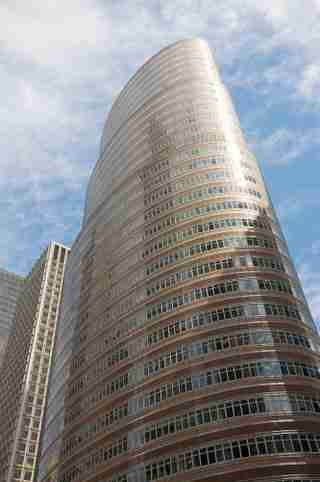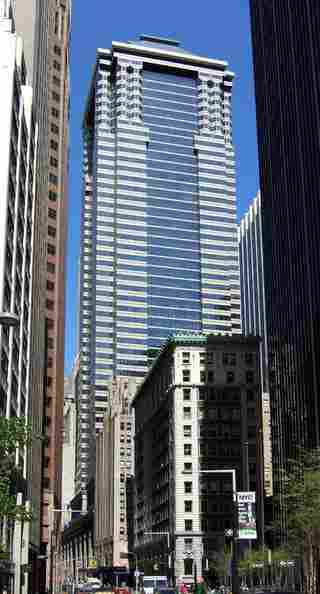Postmodern architecture emerged in the 1980s, after the decades-long reign of modern structures (such as Rem Koolhaas’s Maison Bordeaux and Frank Lloyd Wright's Fallingwater ). Seemingly overnight, postmodernism spread from a few forward thinkers in a handful of cities to a worldwide proliferation of fragmentation, provocation, and even irony that came to define the new era of architecture. The postmodern aesthetic, which originated in the U.S., strove to distance itself from the rigid rules of modernism. Suddenly, buildings were designed to emphasize such themes as history, individuality, whimsy, sarcasm, and even pop culture. Scholars today have trouble defining the postmodern movement―perhaps because it called for such a variety of characters and evocations, or maybe because it is so recent. Nonetheless, some structures (particularly those that filter classicism in a tongue-and-cheek manner) undoubtedly embody the spirit of the movement. Below are five such examples in New York, a place where the abundance of tall buildings spanning several architectural eras means that postmodern structures have to work even harder to attract attention.

550 Madison Avenue (1984) by Philip Johnson and John Burgee
Philip Johnson helped pioneer the modernist movement, specifically the flat glass towers of the International Style. But after the style gained worldwide popularity, he moved on. His collaboration with John Burgee on the 1984 AT&T Building (now Sony Tower) is considered one of the first postmodern buildings. Its playful nod to classicism, its granite exterior, and its rebalancing of form versus function gave the building a distinctly non-modernist style.

The Lipstick Building (1986) by Philip Johnson and John Burgee
The postmodern movement can be characterized as freely expressive, a little provocative, and a little playful. Johnson and Burgee delivered this glossy red tower, nicknamed the Lipstick Building for its shape and color, to the New York skyline in 1986.

60 Wall Street (1989) by Roche-Dinkeloo Associates
Architects Kevin Roche, winner of the Pritzker Prize, and John Dinkeloo affixed massive Doric columns to the striped façade of 60 Wall Street. This obvious reference to ancient architecture combined with a sleek Mediterranean scheme makes for a fresh take on the downtown corporate tower.
Scholastic Building (2001) by Morris Adjmi and Aldo Rossi
The Scholastic Building in SoHo is all whimsy and play. The classical rhythm of the façade is expressed in a wholly modern way―with steel girders, tube columns, and large windows. What's more, the entire building is painted with primary colors, like a page from a schoolbook.
Westin Hotel Times Square (2002) by Arquitectonica
There is no better location for designing a flashy building than Times Square. The curtain wall of the Westin Hotel is used as a canvas for a massive geometric print, making this structure among the most exciting postmodern buildings in the city.